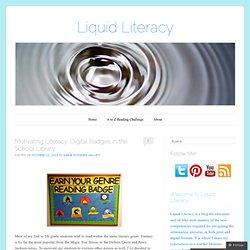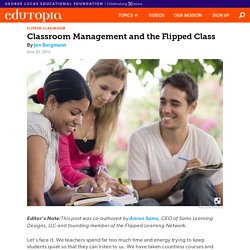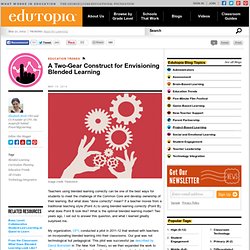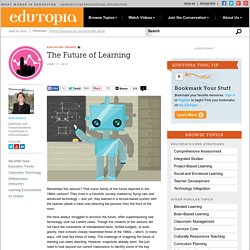

Think Before You Click! Motivating Literacy: Digital Badges in the School Library. Most of my 2nd to 5th grade students tend to read within the same literary genre.

Fantasy is by far the most popular, from the Magic Tree House to the Deltora Quest and Percy Jackson series. To motivate my students to explore other genres as well, I’ve decided to begin Badging the Library. It’s baby steps at first, but I am hoping to expand eventually. You all have seen digital badges–maybe in the form of a community badge displayed in the sidebar of your favorite blog? Or possibly you’ve downloaded AASL’s Rising to the Challenge conference attendance badge? For now, I’ve created seven different genre badges for students in grades 2 through 5 (28 badges total). To earn a genre reading badge, students have to complete a learning path (see below). My goal for the badge implementation is to serve as a reading incentive program. So while I am starting small, I see great potential for expansion.
Modifying the Flipped Classroom: The "In-Class" Version. So.

You've tried flipping your class, and it didn't go well. Or you've heard about flipping and want to try the approach, but you're pretty sure it won't work in your school. Don't give up yet -- with a slight twist, flipping might be possible for you after all. Flipped classrooms -- where direct instruction happens via video at home, and "homework" takes place in class -- are all the rage right now, and for good reason. Early research on flipped learning looks promising. But successful flipping has one big catch -- if it's going to work, the at-home learning absolutely must happen. Arranging access before and after schoolLending out devicesSending recorded lectures home on flash drives or DVDs These are all workable solutions. Modifying the Flipped Classroom Concept None of these problems should stop us from trying, but there's another way to apply the flipped model without the problems associated with sending the work home.
The teacher records a lecture. Advantages Challenges. Classroom Management and the Flipped Class. Editor's Note:This post was co-authored by Aaron Sams, CEO of Sams Learning Designs, LLC and founding member of the Flipped Learning Network.

Let's face it. We teachers spend far too much time and energy trying to keep students quiet so that they can listen to us. We have taken countless courses and workshops on classroom management in our careers, and it seems that the underpinning goal of classroom management is for teachers to keep kids quiet so that they can learn. Is there a better way to think about classroom management? What if the goal of class was for the students to actively engage in the content and participate in tangible ways in the learning process? Noise Is Good As we pioneered the flipped class, we got away from the front of the room and got a whole different perspective on what classroom management could look like. As we did this, the dynamics of the classroom dramatically changed.
But, as with any change, we found some new challenges. 4 New Management Issues. A Two-Gear Construct for Envisioning Blended Learning. Teachers using blended learning correctly can be one of the best ways for students to meet the challenge of the Common Core and develop ownership of their learning.

But what does "done correctly" mean? If a teacher moves from a traditional teaching style (Point A) to using blended learning correctly (Point B), what does Point B look like? What is the optimal blended learning model? Two years ago, I set out to answer this question, and what I learned greatly surprised me. My organization, CFY, conducted a pilot in 2011-12 that worked with teachers on incorporating blended learning into their classrooms.
After more than a year of discussions and visits, CFY derived our construct. The Personalized Instruction CycleThe Student-Driven Learning Cycle Envision these cycles as gears that are interlocked and running as one to drive student achievement and student ownership of learning. The Future of Learning. Remember the Jetsons?

That iconic family of the future depicted in the 1960s cartoon? They lived in a futuristic society marked by flying cars and advanced technology -- and yet, they learned in a lecture-based system with the teacher (albeit a robot one) directing the process from the front of the room. We have always struggled to envision the future, often superimposing new technology over our current views. Flipped dilemma: What to do when kids don’t have internet.
In my previous post on flipping my classroom I talked about how much it has changed my entire view of education.

I know what some of you were probably thinking when you read it: “Well all of his students have devices” or, “They all have internet at home, so that makes it easy.” The truth is that 50 percent of my students do not have internet access at home. I work in one of the largest school districts in my state — based on square miles, not student population. Some of my students ride more than an hour on the bus to school every morning. Our district is extremely rural.